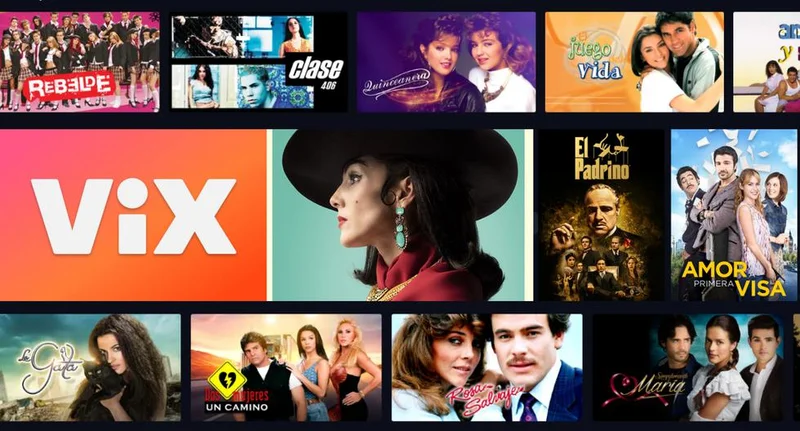You could almost hear the collective gasp last week. A sea of red on every screen, a frantic energy rippling through the premarket hours. For months, the market had been on a serene, almost unnervingly calm, upward climb. Then, in the blink of an eye, the floor gave way. The S&P 500 took its worst tumble in months, and the darlings of our new technological age—the AI and quantum stocks—were at the heart of the inferno.
When I saw the premarket futures for Nvidia and Palantir flashing crimson, my first thought wasn't about quarterly earnings or price-to-earnings ratios. It was about us. About our collective psyche trying to grapple with the sheer scale of the change we’re living through. The official story, the one you’ll read in the financial press, blames a couple of regional banks, Zions and Western Alliance, for some trivial loan fraud. A $50 million charge-off. In an era where hyperscalers ink deals in the tens of billions, that’s not a spark; it’s not even a lit match. It's the static electricity from pulling a sweater over your head.
So why the explosion? Because the market wasn't reacting to a $50 million loan. It was reacting to itself. The AI bubble fears were the bone-dry forest, geopolitical tensions were the gasoline, and that tiny banking news was just the excuse to finally drop the cigarette. We are witnessing a market trying to price in a future that is arriving at an exponential, almost terrifying, velocity. And it’s getting the jitters.
There’s a fascinating little indicator on Wall Street called the Cboe Volatility Index, or the VIX. The media loves to call it the "fear gauge," which is both dramatic and broadly accurate. It essentially measures the demand for insurance against market drops. A low VIX means everyone is relaxed, sipping champagne on the yacht. A high VIX means people are frantically buying lifeboats. Last week, the VIX spiked to its highest level since May. Wall Street's fear gauge climbs as US-China trade fears rise.
In simpler terms, it’s the market’s anxiety level made visible. When you see it pop over 20, it means the collective "what if" has gotten loud enough to make people spend real money to quiet it down. And what were they anxious about? Not just a trade war or bank stability. Look at the names that were being traded most heavily in the sell-off: Nvidia, AMD, Tesla, but also the more speculative quantum players like Rigetti and IonQ.
This isn't a coincidence. This is the entire story. The volatility is concentrated right at the bleeding edge of human innovation. We are asking our financial systems, which were built to value railroads and oil fields, to put a price tag on the dawn of artificial general intelligence and the commercialization of quantum computing. It’s like trying to measure the brightness of the sun with a candle meter. The tool is simply not built for the phenomenon it’s observing.

This isn't a bug; it's a feature of a paradigm shift. The wild swings, the sudden panics, the mad scrambles for protection—they are the tremors of a tectonic plate shifting beneath our feet. We are building a new world on top of the old one, and the market is just the seismograph recording the violent, messy, and utterly necessary process. The speed of this is just staggering—it means the gap between today and tomorrow is closing faster than we can even comprehend, forcing a constant, chaotic re-evaluation of everything we thought we knew about value itself.
Of course, this creates a profound responsibility for all of us. Chasing returns is one thing, but are we investing in the future or just gambling on it? The line is getting finer every day.
By Friday afternoon, something remarkable happened. The panic subsided. The market clawed back most of its losses. The S&P 500 ended up right back where it was a week before. The fever, it seems, had broken.
What does this tell us? It tells us that this isn't a systemic collapse like 2008. This is a system in a state of high-strung, hyper-caffeinated calibration. It overreacts, it pulls back, it questions, it re-evaluates. One moment it’s terrified of a minor bank loan, the next it’s soothed by a presidential tweet about trade or a few solid earnings reports from other banks.
This is the new normal. We should get used to it. Every great technological revolution in history has been accompanied by this kind of gut-wrenching volatility. Think of the railroad boom of the 19th century or the dot-com bubble of the late 90s. Fortunes were made and lost in the blink of an eye because no one could agree on what this new world was actually worth.
The difference is, the technologies we're grappling with today—AI, quantum, synthetic biology—are arguably more fundamental than steam or the internet. We're not just changing how we communicate or travel; we're changing the nature of intelligence, matter, and life itself. How do you possibly build a stable financial model for that? The honest answer is: you can't. Not yet. So instead, the market swings between boundless optimism and abject terror. It’s a fever dream, and we’re all living in it.
This isn't the sign of a sick market. It's the sign of a living one, a system that is wrestling in real-time with the single biggest value proposition in human history: the next stage of our own evolution. The fear and the greed are just two sides of the same coin of profound, earth-shattering change. This volatility isn't something to be scared of; it's the rhythm you hear when you put your ear to the door of the future. It’s the sound of it coming.